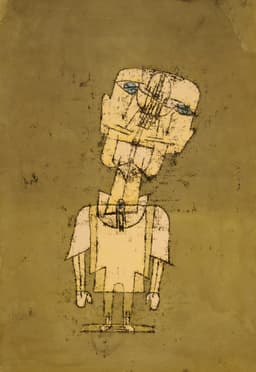
Paul Klee
@paul-klee
Paul Klee: Master of Modern Art
Paul Klee stands as one of the twentieth century's most inventive and influential artists, born in Münchenbuchsee, Switzerland in 1879. Though he spent much of his career in Germany and developed his revolutionary techniques there, Klee maintained a deeply Swiss sensibility that informed his entire body of work. His death in 1940 marked the loss of a visionary who fundamentally transformed how artists approached color, form, and imagination.
Klee's artistic evolution defies simple categorization, though his work synthesized elements of Expressionism, Surrealism, and abstract art into something entirely unique. His time at the Bauhaus school as both student and instructor proved pivotal, exposing him to radical ideas about color theory and geometric composition. His distinctive visual language combined delicate line work with nuanced color fields, creating compositions that appear childlike yet possess profound sophistication and emotional depth.
His major works, including Twittering Machine, Ad Parnassum, and Fish Magic, demonstrate his ability to merge whimsy with technical mastery. Each piece showcases his innovative approach to color relationships and his belief that art could transcend reality to access deeper psychological truths.
Klee's contributions to art history proved monumental. He developed theories about color harmonies and compositional balance that influenced generations of artists. His prolific output of over nine thousand works revealed an artist constantly experimenting, never settling into comfortable patterns. His gentle abstractions bridged the gap between pure abstraction and representational art, suggesting rather than declaring meaning.
Today, Klee's legacy resonates powerfully through contemporary art. His conviction that artistic creation mirrors natural processes, combined with his fearless experimentation, established new possibilities for artistic expression. He demonstrated that complexity and childlike wonder could coexist, forever changing how artists and viewers understood art's potential to transcend conventional boundaries.